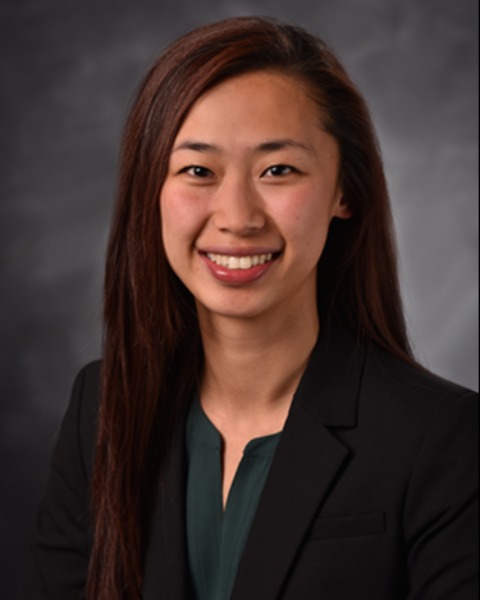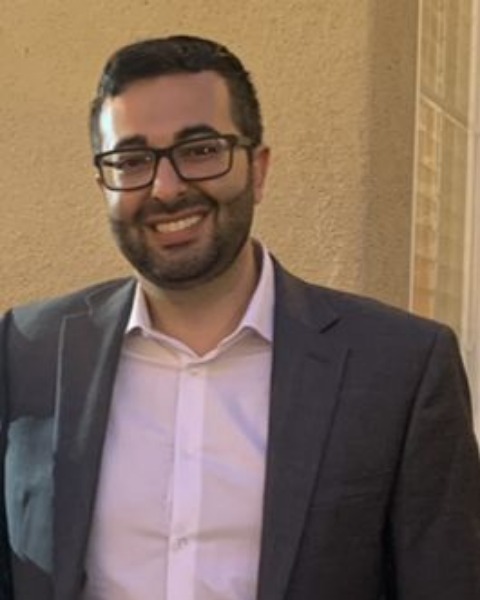PSM
non-CME
P50: Novel Vascularized Microtumor (VMT) Model of Peritoneal Carcinomatosis (PC) with Mesothelial-Lined Chambers and Submesothelial Stroma that Mimic the Peritoneal Cavity

Jingjing Yu, MD
Resident
University of California, Irvine Medical Center
Anaheim, California, United StatesDisclosure information not submitted.

Jingjing Yu, MD
Resident
University of California, Irvine Medical Center
Anaheim, California, United StatesDisclosure information not submitted.
- SH
Stephanie Hachey, PhD
Post Doctoral Scholar
University of California, Irvine, United StatesDisclosure information not submitted.
- AG
Amber Gonda, PhD
Project Scientist
University of California, Irvine, United StatesDisclosure information not submitted.
- BS
Brittany G. Sullivan, MD
Resident Physician
University of California, Irvine, United StatesDisclosure information not submitted.

Arsha Ostowari, MD (he/him/his)
Resident Physician
University of California, Irvine, California, United StatesDisclosure information not submitted.
.jpg)
Oliver S. Eng, MD (he/him/his)
Associate Professor of Surgery
University of California, Irvine, United StatesDisclosure(s): Tempus Labs, Inc.: Speaker (Ongoing)
- JZ
Jason A. Zell, DO
Professor
University of California, Irvine, United StatesDisclosure information not submitted.

Christopher Hughes, PhD
Chancellor's Professor, Associate Dean of Research and Innovation
UC IrvineDisclosure information not submitted.

Maheswari Senthil, MD
Chief of Surgical Oncology
University of California, Irvine
Irvine, California, United StatesDisclosure(s): No financial relationships to disclose
Poster Presenter(s)
Author(s)
Methods:
To recapitulate the peritoneal cavity and the submesothelial stroma, peritoneal VMTs were established within microfluidic device units consisting of a tissue chamber that allows vascularized tissues to form via a hydrostatic pressure head and a connecting channel for establishing the peritoneum. Devices were arrayed for high throughput experiments on a silicone-based layer assembled to a bottomless 96-well plate. PC tumors from patients were collected fresh and digested into single cell suspensions using a protocol developed in our lab. Fluorescently labeled tumor cells and human mesothelial cells were mixed and loaded into the peritoneal chamber of the device while human endothelial cells and fibroblasts were loaded into the vascular chamber. The VMTs were imaged every 2-3 days and monitored for growth.
Results:
A novel “dual-chamber” peritoneal VMT that incorporates a mesothelial-lined peritoneal chamber (blue) and submesothelial stroma with endothelial cells (red) and fibroblasts was successfully developed (Figure 1A). A vascularized network formed adjacent to the LP9 cell-lined peritoneal chamber without any spill over due to microfluidic burst valves built into the device (Figure 1A). Initial experiments with COLO205-403IP (xenograft derived PC cell line) showed successful development of peritoneal metastasis with ingrowth of angiogenic sprouts into the peritoneal cavity, possibly in response to tumor growth (Figure 1B). PC VMTs were then developed using patient derived PC tumors from gastric (Figure 1C), colon (Figure 1D), appendix cancers, and mesothelioma (Figure 1E) (n=5).
Conclusions:
We have successfully established a novel dual-chamber PC VMT model that recapitulates the peritoneal cavity. Both systemic treatment through the vascular network and intraperitoneal treatment through the peritoneal chamber is possible with this model and current work is underway to test uni- and bi-directional combination therapy treatments of PC.
Learning Objectives:
- Upon completion, participant will be able to understand the limitations of organoids and spheroids in recapitulating the peritoneal cavity.
- Upon completion, participant will be able to visualize the dual-chamber VMT model with a mesothelial-lined peritoneal chamber and submesothelial stroma.
- Upon completion, participant will be able to recognize the potential of the dual-chamber VMT model to test uni- and bi-directional combination therapy treatments for PC on patient-derived tumors.
